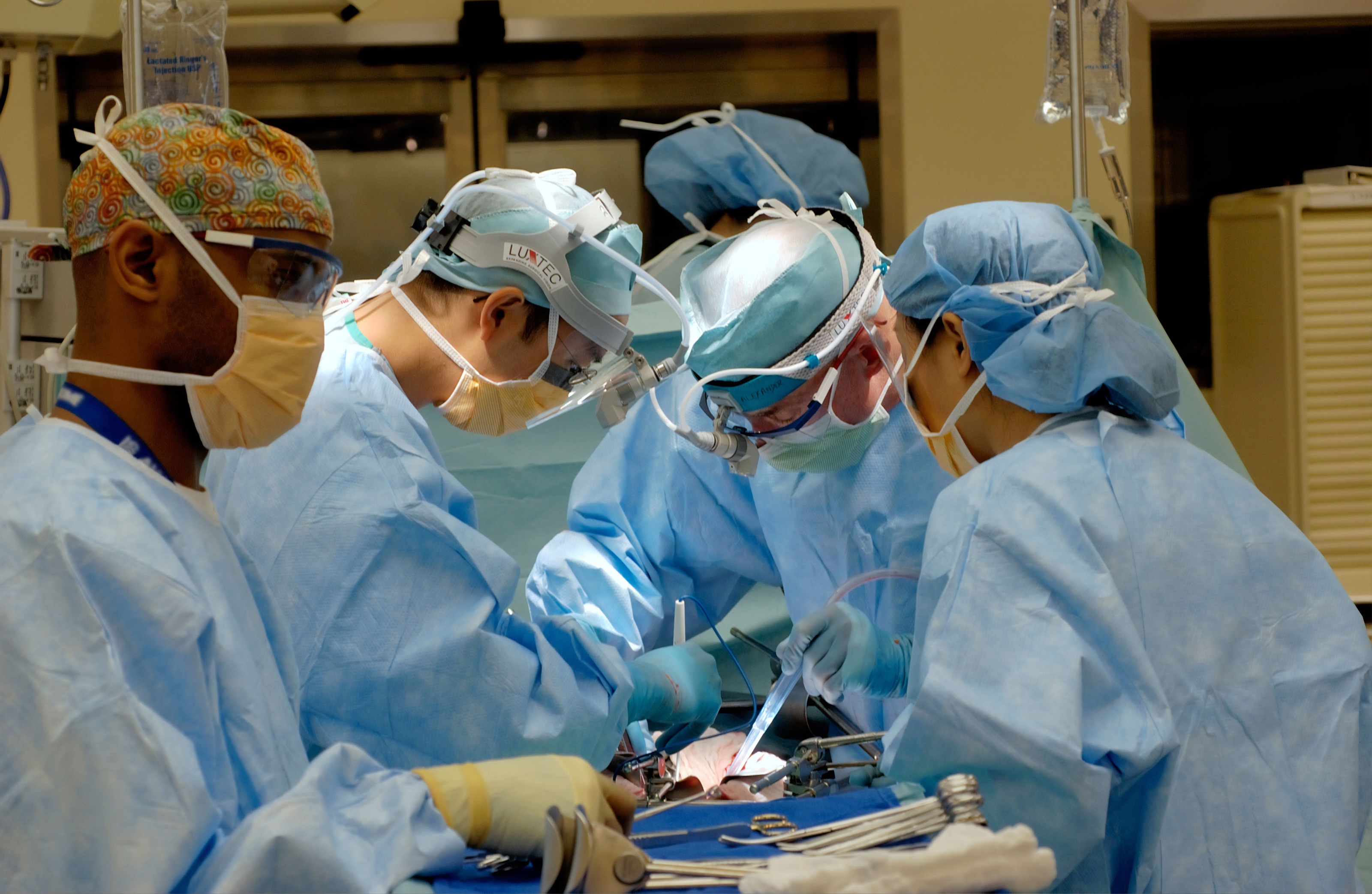Collaborate
Everyone has a role to play in creating communities that don’t include violence. It takes us all to make our communities safe, healthy, hopeful, and thriving.
We work with many partners, including:
- Elected officials and justice system partners
- Health care and research organizations
- Individual community members and community programs
- Members of the business, nonprofit and faith communities
- Other city departments and government jurisdictions
- Schools, libraries and parks



